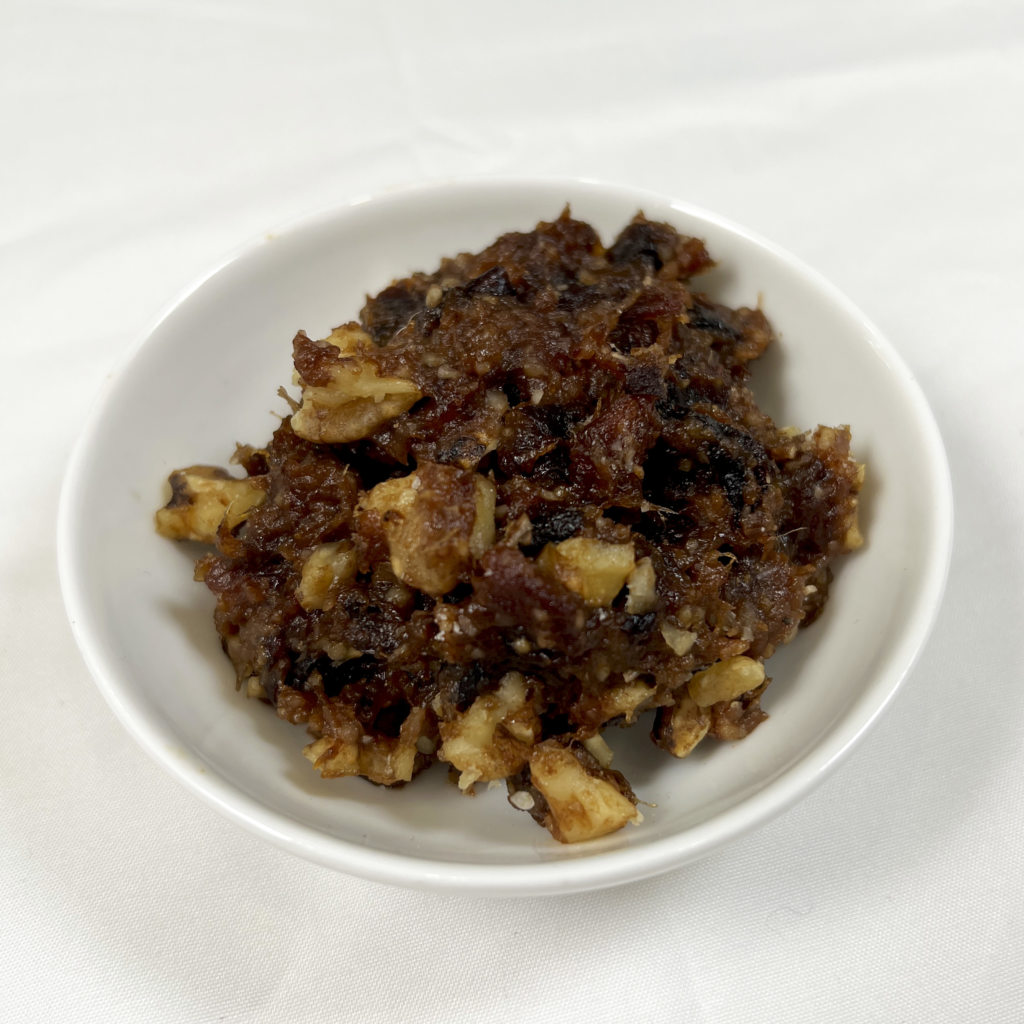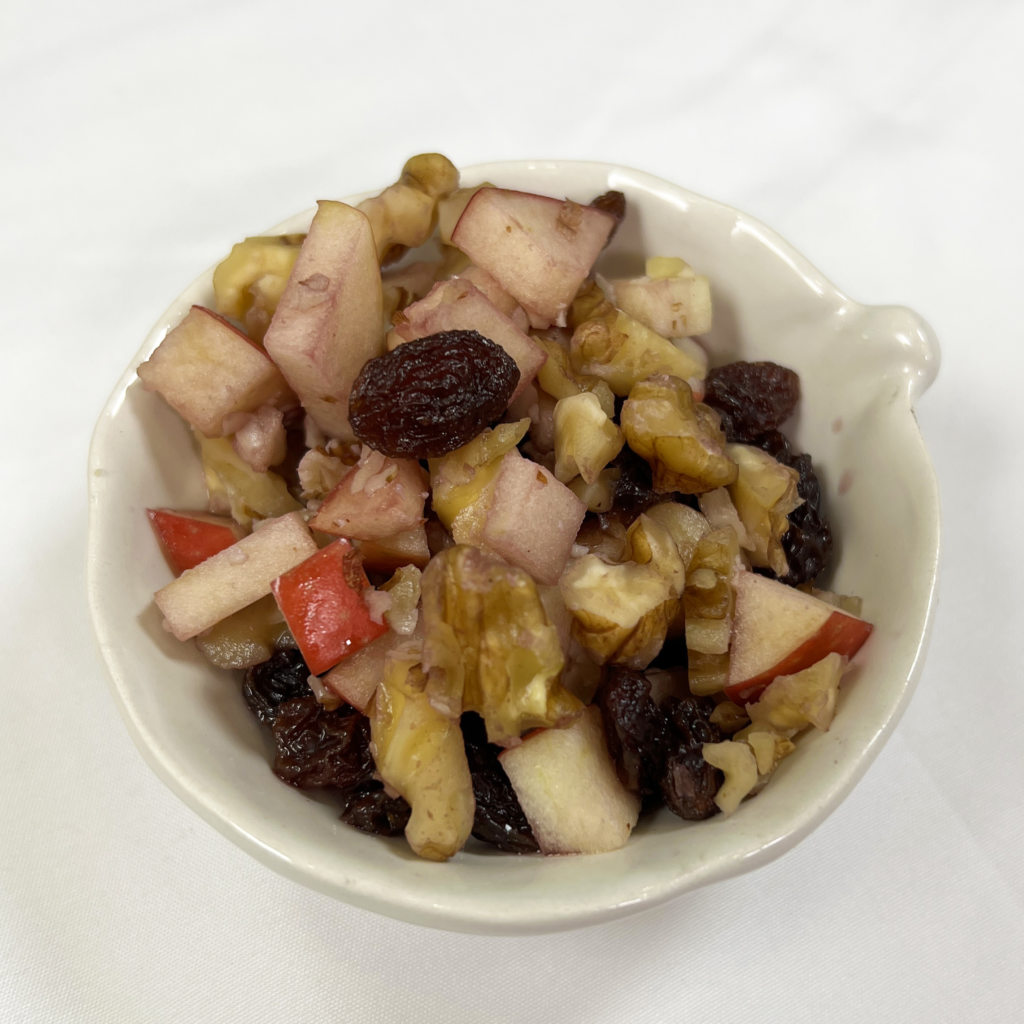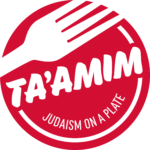Charoset Pyramids

Charoset provides a fascinating glimpse into both personal and shared histories, capturing the very essence of Passover traditions. Enjoyed globally by Jews on Seder Night, charoset appears in countless variations, each deeply connected to the specific customs of individual families or communities. These cherished recipes, handed down through generations, mirror the unique paths of those who come together for the Seder meal, and the complex and evolving tapestry of our people.
Sephardi Charoset

Charoset serves as a captivating window into personal and communal histories, encapsulating the essence of Passover traditions. Whilst universally enjoyed by Jews worldwide during Seder Night, Charoset comes in myriad forms, each variation deeply rooted in the unique traditions of individual families or communities. These personal recipes, passed down from generation to generation, not only add to the rich tapestry of the celebration but also reflect the distinct journeys of those who gather to share the Seder meal.
Ashkenazi Charoset

Charoset gives a fascinating glimpse into an individual’s past and could be regarded as a microcosm of the bigger Passover picture. Charoset of some description is consumed by all practicing Jews worldwide on Seder Night, and yet there are thousands of variations, particular to households, families or communities. As with all Seder Night customs, they are highly individual, passed down through generations and each gives us a glimpse into the journey of the individuals gathered around the Seder table.

